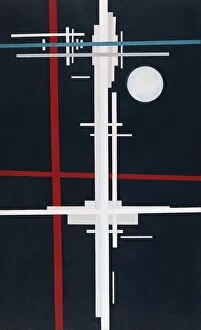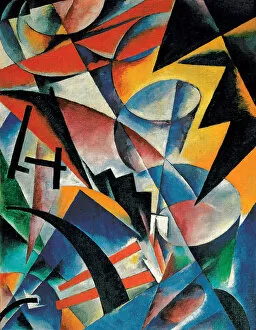Nonrepresentational Collection (#4)
"Exploring the World of Nonrepresentational Art: A Glimpse into the Avant-Garde Movement" Step back in time to witness the birth art
All Professionally Made to Order for Quick Shipping
"Exploring the World of Nonrepresentational Art: A Glimpse into the Avant-Garde Movement" Step back in time to witness the birth art, a revolutionary movement that challenged traditional artistic norms. From 1920-1921, during the Space Force Construction era, artist Lyubov Sergeyevna Popova mesmerized audiences with her Architectonic Painting. Her unique style captivated viewers and pushed boundaries. Meanwhile, Wassily Vasilyevich Kandinsky's All Saints Day II (1911) showcased his mastery in creating abstract compositions. With bold colors and intricate shapes, Kandinsky transported us to a realm beyond reality. Popova continued to astound with her Painterly Architectonic (Still Life with Instruments) in 1915. Through vibrant brushstrokes and geometric forms, she transformed everyday objects into captivating works of art. In Composition. Grey Oval (1917), Kandinsky delved deeper into abstraction by exploring color harmonies and spatial relationships. His innovative approach revolutionized the art world. Alexandra Alexandrovna Exter joined this avant-garde movement with Motion of the planes (1917-1918). Her dynamic composition captured energy and movement through intersecting lines and overlapping shapes. Exter's Constructivist still life (1917) further exemplified her ability to merge form and function seamlessly. She brought everyday objects to life through an abstract lens. The city came alive under Exter's skillful hand in City - a masterpiece that depicted urban landscapes as vibrant tapestries of shape and color. With Colour rhythm (1921) and Colour Construction (1922), Exter explored the relationship between color theory and visual harmony. These pieces demonstrated her expertise in creating balanced compositions that resonated deeply within viewers' souls. Finally, we journeyed back to 1913 when Exter painted A town - an enchanting portrayal of rural life.


